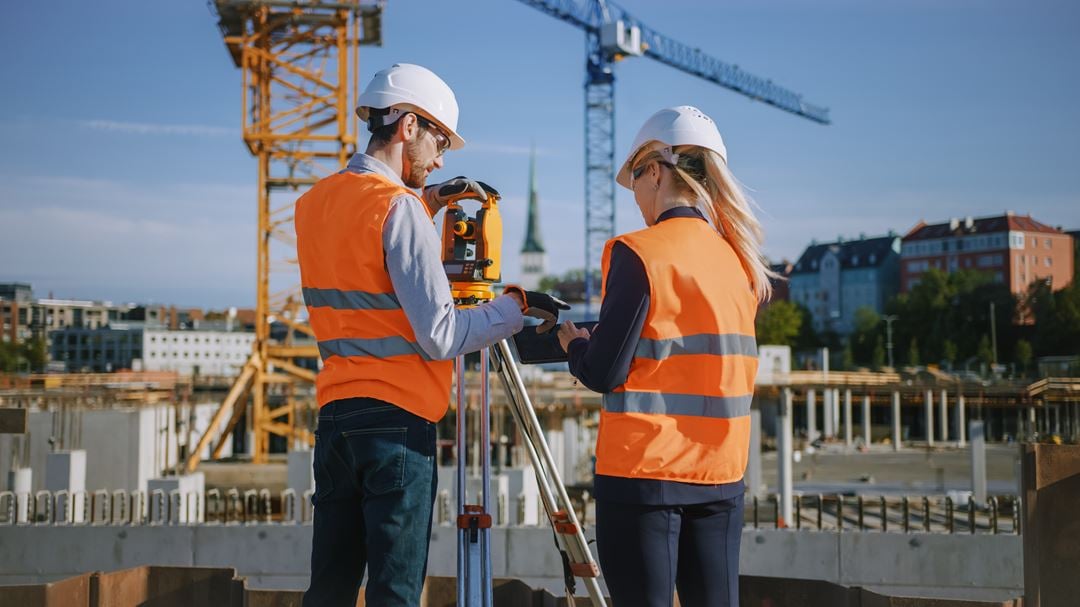Construction is one of the world's oldest, largest, and least digitised sectors. The lack of modern project management methods costs this industry an estimated $1,6Tr per year, while contributing to over 35% of avoidable waste and harmful emissions in Europe.
The current heavy reliance on outdated manual and visual methods for tracking progress and fieldwork quality are insufficient and reactive, unable to keep pace with onsite progress. Several problematic deviations from the plans remain overlooked until it's too late, resulting in avoidable costs, delays, coordination challenges, disputes and waste. In Norway alone, a country with some of the highest building standards, up to NOK 12 Bn per year (approx. 6 % of project costs) derive from avoidable on-site mistakes and delays from miscommunication among the different project partners.
The ambitions of the project were:
- to achieve efficiency gains in the value-chains of property development, renovation, and new-build projects by increasing the quality and frequency of As-Built documentation; and
- to establish an efficient, automated progress-tracking workflow that puts all project partners on the same page, while delivering team-leaders' early warnings of deviations and delays.
Achieving these ambitions requires combining computer vision and machine learning techniques in close cooperation with end-users in real projects, to iterate our solution based on their experience with typical day-to-day challenges at the worksite. Recent milestones of the project include the prototyping of a system that automatically segments, classifies, and labels scan data into a set of building objects.

